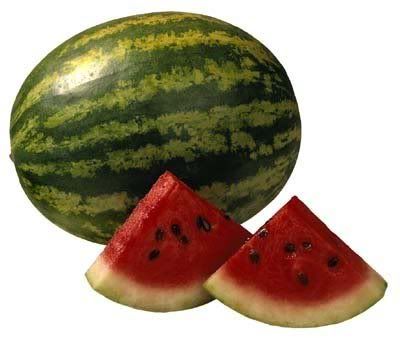
Watermelon Production -Pakwan Business
Watermelon, commonly known as “pakwan” in Tagalog, is probably native to Africa. It is mainly eaten as dessert fruit. The rind is made into preserves and pickles; the seeds are processed into butong pakwan. In 1982-83, the area planted to watermelon was 15,410 hectares with a total production of 75,650 metric tons of fruits; but area was reduced to 5,370 hectares in 1983-1984 and production went down to 57,000 metric tons of fruits. The demand for watermelon could go up as foreign markets like the USA offered to buy all the watermelon the country can produce.
VARIETIES
Varieties commonly grown in the Philippines are Valencia, Meak, Klondyke, northern Hybrid, Tender Sweet, honey Cream and Mallorca. Foreign varieties Accessions 193490 and 293964 from Africa; Accessions 183217 and 164539 from India; Festival Queen, Glory, Charleston Gray and Sugar Baby. Elevation – Watermelon is grown commercially in lowland areas after rice harvest. These provinces are Bataan, Bulacan, Pampanga, Tarlac, NUeva Ecija, Rizal, Batangas and Laguna. Months of planting – Planting season is from October to january. In some parts of the country, planting is done as early as August to produce an off-season crop which commands better market price. Continue reading “Watermelon Production -Pakwan Business”

